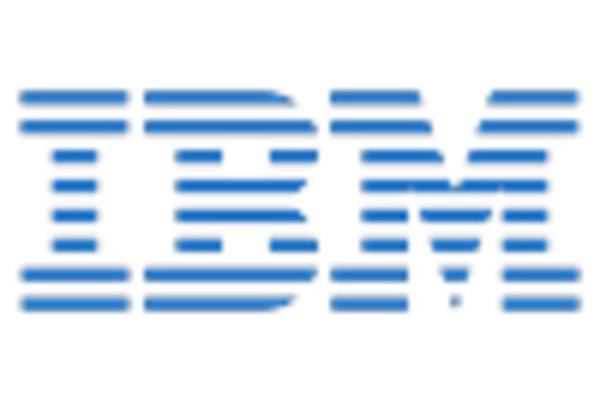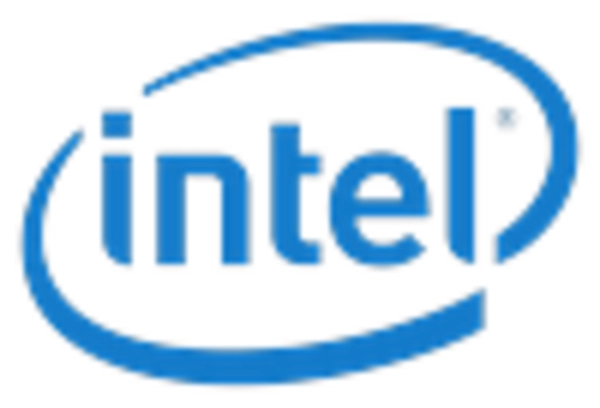Market Trends
Introduction
We now delve into the silicon photonics market in 2023. Several macro-economic factors will drive significant trends that will have to be navigated by all participants. The development of new information and communication technology, especially in terms of data transmission and processing, is transforming the communication landscape, enabling faster and more efficient systems. Regulations aimed at improving energy efficiency and reducing the carbon footprint are forcing companies to adopt photonic solutions that meet these objectives. In addition, changes in customer behavior, especially the increasing demand for high-speed Internet and cloud services, are driving companies to integrate silicon photonics into their offerings. These trends must be understood by all market participants because they present both challenges and opportunities that will influence strategic decisions and market positioning.
Top Trends
-
Increased Adoption in Data Centers
The need for high-speed data transmission in data centers is driving the development of silicon photonics. It can be integrated into the optical switches of Cisco and other companies, and the result is a 40% increase in the bandwidth of the network. This will also reduce the delay and improve the efficiency of data centers, which will be able to compete more effectively in the digital economy. -
Advancements in Quantum Computing
The development of the quantum-computing technology is a vital part of the development of silicon photonics. IBM is developing silicon-based qubits that might lead to a more scalable quantum system. The integration of silicon photonics and quantum computing will change the speed and power of computations and have far-reaching consequences for a range of industries. -
Emergence of AI and Machine Learning Applications
The new combination of silicon photonics and artificial intelligence opens up new possibilities for faster data processing. Intel and other companies are developing photonic chips that could speed up the performance of machine learning up to tenfold. This is expected to drive the development of applications in all areas, from health care to finance. -
Government Initiatives and Funding
The research on silicon photonics is being supported by the governments of the world, and is advancing the development of technology. For example, the United States government is providing substantial funding for research into silicon photonics, in the hope of enhancing both national security and the country's economic growth. In the hope of accelerating the development of the industry, the government is collaborating with the academic world. -
Integration with 5G Technology
The silicon photonics are becoming an important part of the 5G network, enabling faster and more efficient data transmission. The companies such as Finisar develop the photonic devices that support the 5G network, which could result in a 50 percent reduction in energy consumption. The combination of these two technologies is expected to improve mobile communications and support the growing demand for the Internet of Things. -
Focus on Energy Efficiency
Energy efficiency is a major driving force in the silicon photonics market. Companies are trying to reduce the power consumption of optical devices. STMicroelectronics has achieved a reduction in power consumption of its photonic products by 30 per cent. This trend is expected to lead to more sustainable practices in the IT industry, and it is in line with the world’s energy-saving goals. -
Development of Advanced Sensors
This is the case in the field of sensors, where silicon photonics is used to develop advanced sensors for various applications, such as the monitoring of the environment or health. It is Hamamatsu Photonics, which is at the forefront of this field, that is developing these sensors with high sensitivity and high accuracy. This growth in the field of sensors will lead to the collection and analysis of data in a wide variety of fields. -
Miniaturization of Photonic Devices
Miniaturization in silicon photonics makes it possible to make smaller and more efficient devices. Companies such as IPG Photonics are pushing the limits here, with the result that they are able to manufacture compact lasers that still perform well. This miniaturization is expected to make it easier to integrate these components into consumer devices and wearables. -
Collaboration and Partnerships
In the field of silicon photonics, strategic alliances between industry and research institutions are becoming more and more common. For example, the AIO-Core Company has been working with universities to develop photonic chips. Such alliances will bring innovation to the market more quickly. -
Emerging Markets and Applications
In the emerging markets the possibilities of silicon photonics are becoming increasingly clear, in telecommunications as well as in medicine. Asian countries are investing heavily in photonics research, with the aim of developing their own industry. This is expected to open up new markets and increase the competition in the silicon photonics industry.
Conclusion: Navigating the Silicon Photonics Landscape
The competition in the silicon photonics market in 2023 is characterized by a fragmented landscape, with both established and newcomers fighting for dominance. The established players are using their long-term experience and resources to enhance their products, while the newcomers are focusing on new, innovative solutions, which are increasingly characterized by the use of artificial intelligence, automation, and green technology. The regional trends are characterized by a growing focus on flexibility and adaptability, especially in North America and Asia-Pacific, where technological development is developing rapidly. For the suppliers, the ability to integrate new and advanced capabilities will be the decisive factor in determining market leadership. Companies that focus on green technology and automation will gain a competitive advantage and position themselves as market leaders. The decision-makers should therefore remain vigilant and flexible, and adapt their strategies to the emerging trends and capabilities.















Leave a Comment